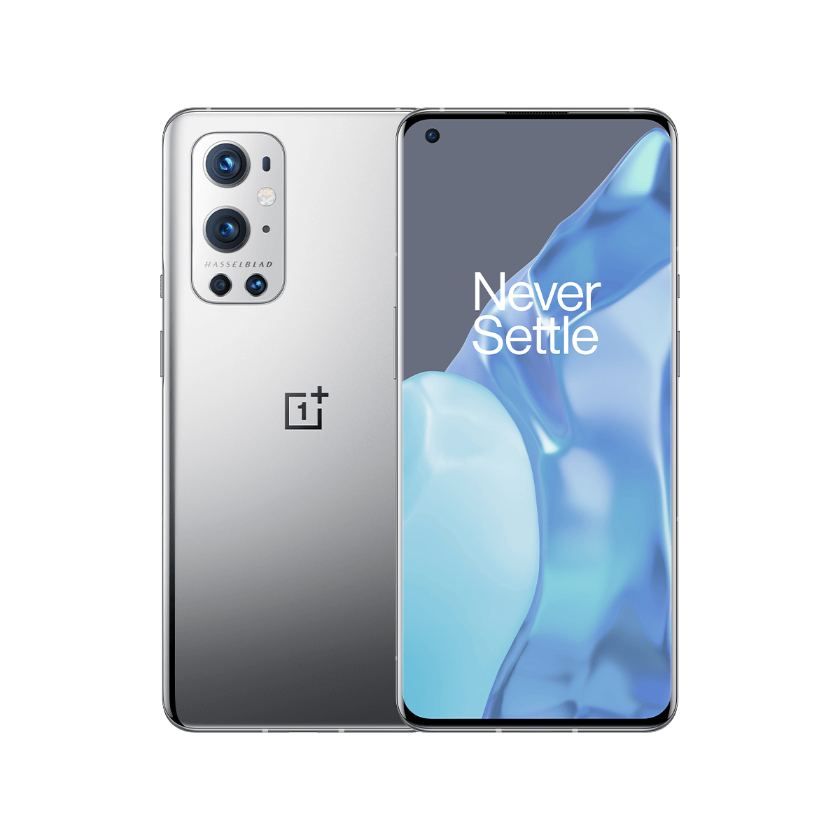Samsung Galaxy S21 Ultra 5G 128GB in Phantom Silver (Verizon)(SM-G998UZSAVZW)
The phone designed for epic collaboration for the modern workday.
The Galaxy S21 Ultra is the phone for business that lets you securely connect and collaborate anywhere. Discover new ways to collaborate with an impressive 8K camera and easily go from mobile to desktop to meetings with Samsung DeX. Keep your business data and personal information protected with a secure processor, Samsung Knox and the Knox portfolio. Work seamlessly in the way that works best for you with Microsoft and Link to Windows.
- Experience seamless Microsoft Integration across your devices and take mobile productivity to the next level with DeX
- Protect your company’s most private data against the most sophisticated attacks as soon as you power on
- Share files between devices, locate tagged items and unlock your office door and more with Ultra-Wideband technology
- Pair with the powerful S Pen to easily capture your thoughts and present your ideas in a whole new way
Additional information
| Main Display Size | 6.8" |
|---|---|
| Camera resolution (Front) | 40 MP |
| Camera resolution (Rear) | 108 MP + 12 MP + 10 MP + 10 MP |
| Internal Memory | 128GB |
| RAM Size (GB) | 12GB |
| Battery Type and Size | 5,000 mAh |






Reviews
There are no reviews yet.